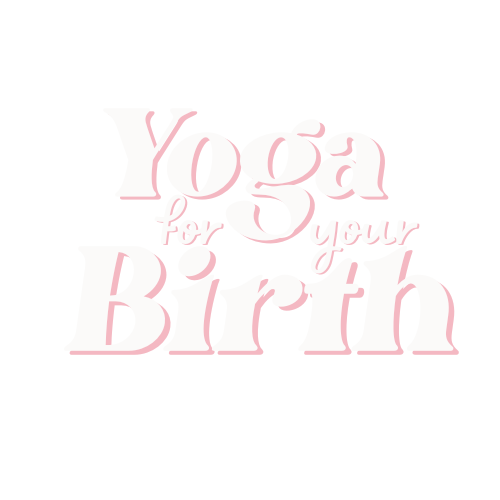The 3 Rs for Coping in Labor
“The 3 R’s approach to childbirth preparation is a simplified approach based on observations of laboring women and how they actually cope with pain and stress in labor. Some cope well; others are overwhelmed in labor. There are three characteristics common to women who cope well:
1) They are able to relax during and/or between contractions. In early labor relaxation during contractions is a realistic and desirable goal; later in labor, however, many women cope much better if they don’t try to relax during contractions. They feel better if they move or vocalize during the contractions, or even tense parts of their bodies. It is vital, however, that they relax or be calm between contractions
2) the use of rhythm characterizes their coping style;
3) they find and use rituals, that is, the repeated use of personally meaningful rhythmic activities with every contraction.”
This quote is from: https://www.pennysimkin.com/the-3-rs-in-childbirth-preparation-relaxation-rhythm-and-ritual/
Relaxation
To be able to rest and relax between contractions helps to facilitate relaxation and releasing tension during contractions! Let’s talk about ways to implement relaxation techniques into labor:
Bumble bee breath to activate relaxation response in the body and release tension in the jaw and pelvis
Bija Mantra “Vam” to activate the sacral chakra and similar to bumble bee breath, this will release tension and activate relaxation response in the body
Child’s pose or laying down during the space between contractions
Choosing positions that meet the birther where they are - if the birther feels able to be active then standing positions with lots of movement are appropriate; if the birther feels depleted and tired from laboring a long time, then a side lying position that allows for movement appropriate for that stage of labor would be ideal for rest and relaxation
The toilet! This is a place where pelvic floor relaxation is very much trained into our physiologies.
Rhythm
Finding rhythm can be physical, mental, vocal, and it can involve others!
Swaying or rocking in one position during contractions
Humming, vocalizing during certain parts of the contraction, such as the peak, or in a pattern
Dancing with partner
Music, someone in the home or space drumming or creating music
Affirmations stated verbally or internally in a pattern, such as stated with breath pattern or in a beat with music
Ritual
Creating a personal ritual throughout each contraction. This could be a combination of the rhythm and relaxation tools above, breathwork, positions and movements, touch and comfort measures, etc.

